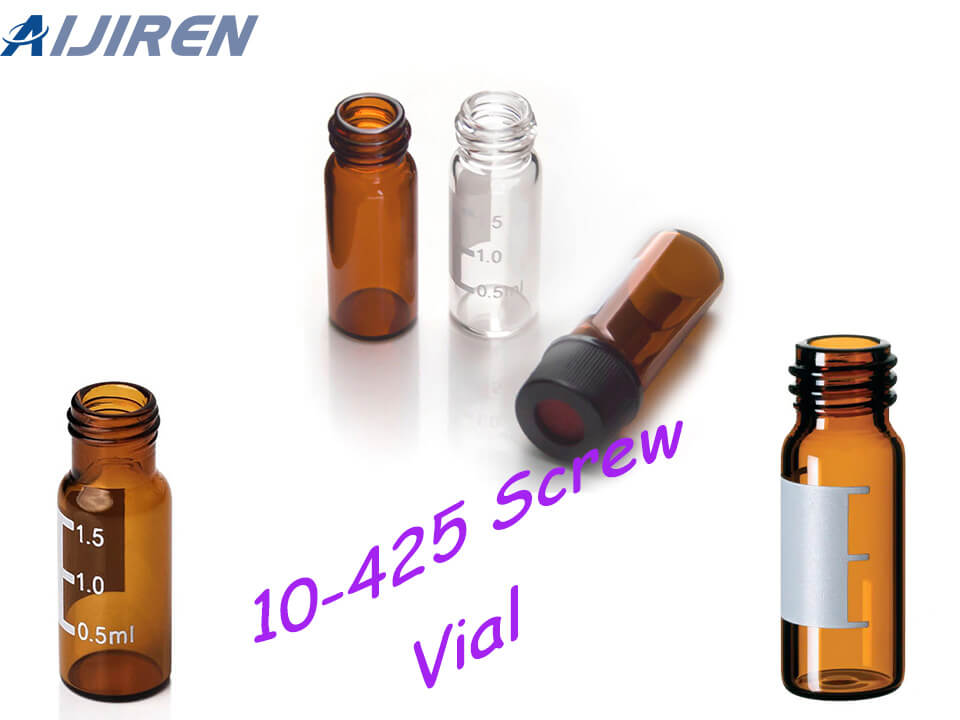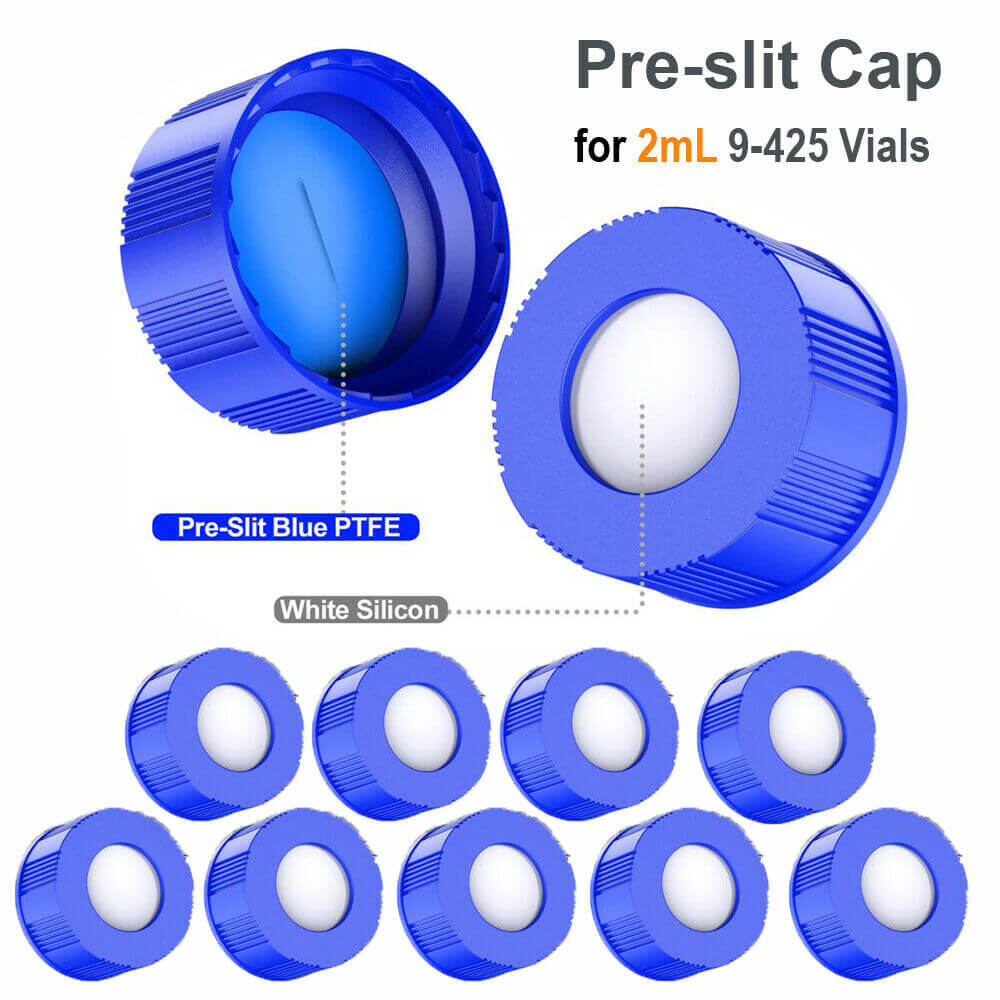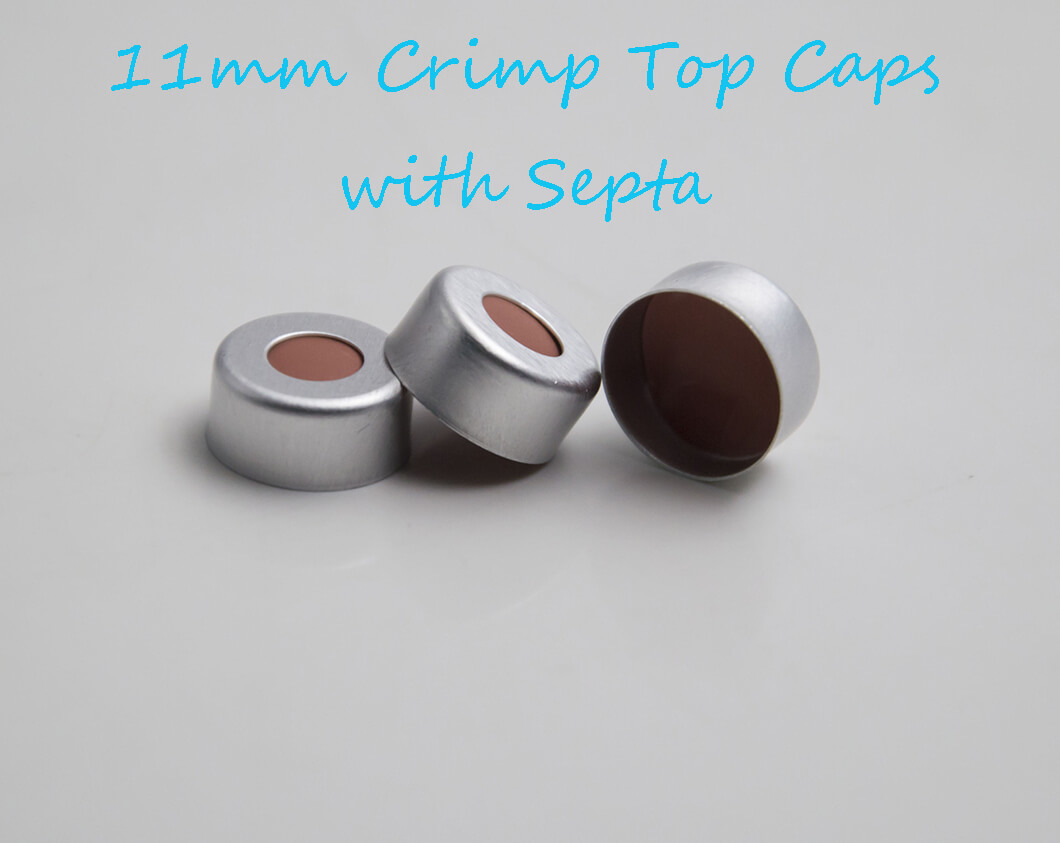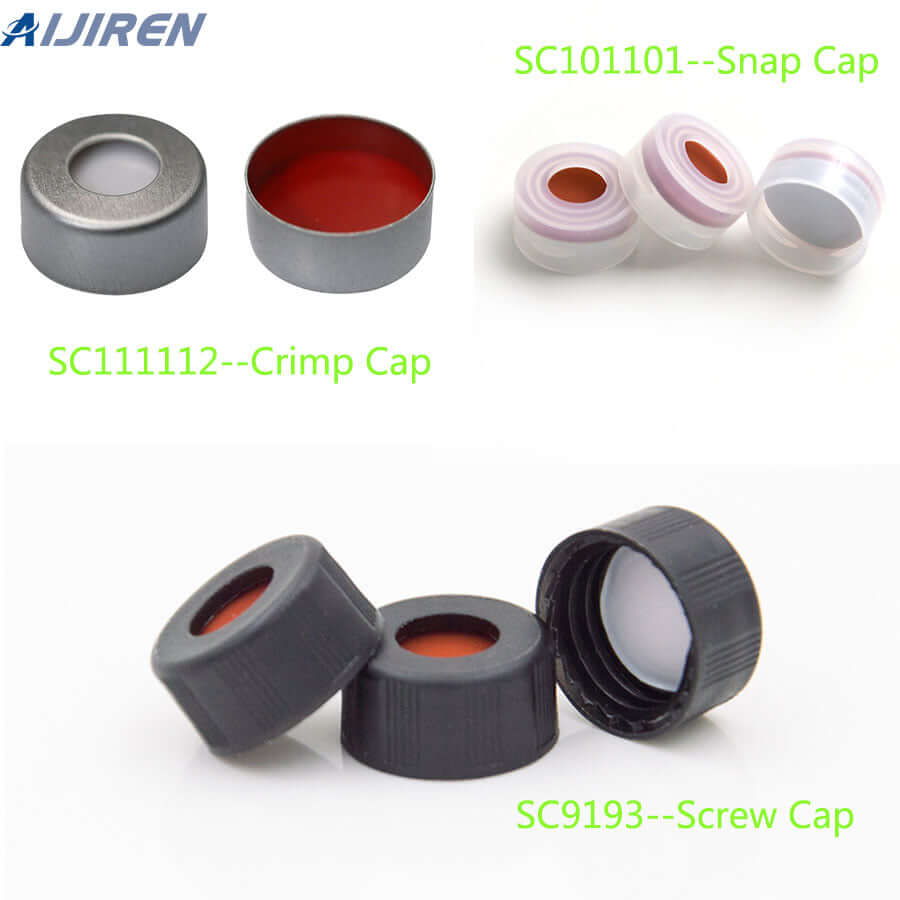How to Choose the Material for the Autosampler Vial?
There are so many materials for autosampler vials, how do I choose?
Before understanding the material, let’s first understand the linear expansion coefficient.
1. What is the Linear Expansion Coefficient?
The so-called linear expansion coefficient is the change in the length of the glass for each degree change in temperature. The lower the coefficient of linear expansion, the greater the temperature change the glass can withstand. In a word: the ability of glass to withstand severe temperature changes. The classification of laboratory glass is customized by USP (United States Pharmacopeia) based on its water resistance.
2. Select the Material of the Autosampler Vial
(1) Usp Type 1
Class A 33 borosilicate glass is a chemically inert glass that is widely used in laboratories, especially for chromatographic applications. Class I glass is mainly composed of silicon and oxygen, with trace amounts of boron and nano. It has low dissolution and a linear expansion coefficient of 33.

(2) Usp Type 2
Class B 51 borosilicate glass is mainly composed of silicon and oxygen and contains trace amounts of boron, sodium and more alkali metals than A-grade glass, but it can still meet laboratory use. The coefficient of linear expansion is 51.
(3) Silanized or deactivated glass is a deactivated borosilicate glass that has undergone organic silanization on the glass surface. The glass surface has strong hydrophobicity and inertness and is suitable for pH-sensitive compounds, trace analysis and Long-term sample storage.
(4) Usp Types and np sodium calcium glass, chemical resistance is not as good as borosilicate glass.
3. The Adaptability of the Samples
When selecting a sample vial, the compatibility of the analyte and solvent needs to be considered. Common sample characteristics and corresponding sample vial usage schemes are as follows:
- For light-sensitive samples, use an amber autosampler vial, which can effectively protect from light and prevent light reactions.
- Strongly polar samples, easily adsorbed by the glass, use deactivated vials.
- Use inserts in conventional autosampler vials for small sample volumes or high-recovery vials, etc.
- For ion analysis, use polypropylene (PP) vials rather than glass vials.

4. Method of Sealing
Threaded mouth
Typically suitable for LC and LC/MS applications, it provides a low-evaporation, reusable, and less traumatic approach to crimp caps that requires no additional tools. Threaded cap vials are differentiated by different thread specifications defined by the Glass Packaging Institute (GPI). For example, 9-425 means that the outer diameter of the thread of the bottle mouth of the sample bottle is about 9mm, and the thread type is 425. Thread-top vial caps are available as open caps for automatic sample injection or solid caps for sample storage.

Crimp mouth
Crimp-top vials need to be sealed with aluminum caps which, when properly crimped, provide the best seal for long-term storage. Crimp cap vials are best for GC and GC/MS applications. Because the crimp caps are not reusable, they provide increased security for food, forensics, and other applications where it is desirable to avoid sample fraud. Crimp cap vials are recommended if analyzing volatile compounds.

Snap mouth
The sealing effect is not as good as the other two sealing methods. The snap cap vial cannot be pressurized, but the plastic snap cap can be closed without any tools.

Back to List
-
 下午4:09Weighing the Pros and Cons of PTFE/Silicone Septa
下午4:09Weighing the Pros and Cons of PTFE/Silicone Septa -
 下午4:05Decoding Vial Discard Guidelines: Ensuring Precision in Chromatography
下午4:05Decoding Vial Discard Guidelines: Ensuring Precision in Chromatography -
 下午5:01Navigating Micro Inserts for HPLC Vials: A Comprehensive Guide
下午5:01Navigating Micro Inserts for HPLC Vials: A Comprehensive Guide -
.jpg) 下午2:02Common faults and solutions of automatic samplers(2)
下午2:02Common faults and solutions of automatic samplers(2) -
 下午5:08Ensuring Sample Integrity: Navigating EPA Storage Vials Stability Guidelines
下午5:08Ensuring Sample Integrity: Navigating EPA Storage Vials Stability Guidelines

